Use of Insulin in Bodybuilding
If we shift our focus from diabetes and concentrate entirely on sports, we can say that for most people, synthetic insulin is primarily associated with huge muscles – it is believed to be mainly used by professional bodybuilders. Or with strength indicators: powerlifters, weightlifters, and strongmen are not strangers to insulin injections either.
In reality, the use of insulin in sports is much broader: it can be used to increase endurance, for example, adding many disciplines to our arsenal. Or simply to protect muscles from destruction – its ability to combat catabolism can be valuable to any active lifestyle enthusiast.
Interestingly, even those trying to lose fat under the skin may resort to insulin injections. You may ask, "How so? Everyone knows that insulin is the first enemy of the fat 'burning' process!"
The struggle with high levels of insulin in the blood is where the no-carbohydrate diet stems from, and the recommendation to never (these words can even be highlighted in bold) use insulin during competition preparation for bodybuilding and fitness comes from here as well.
Indeed, insulin inhibits the process of fat breakdown into its constituent fatty acids, and without this breakdown, fat loss is simply impossible.
This inhibition occurs due to the suppression of insulin secretion and activity of lipase — an enzyme without which the fat breakdown process will not start. Thus, as long as insulin is present in the blood, fat 'burning' can be forgotten.
Moreover: insulin can also replenish the body's fat stores by accelerating the delivery of fatty acids and glucose to fat cells. And by increasing the permeability of these cell membranes – insulin does this remarkably well.
How Insulin Works
How does insulin actually work? Here, it’s worth explaining a few things. Firstly, insulin does not initially store fat but replenishes glycogen stores in the liver and muscles – this is its primary task.
If glycogen levels are quite low in both places, it can be safely assumed that the majority of the consumed glucose will be stored in the necessary places and not converted to fat.
Secondly, it should be understood that the time insulin stays in the blood is limited – this applies to both the hormone that enters the blood naturally and the one injected with a syringe or other devices.
The latter is particularly simple: it varies significantly in the time it stays in the blood. There is long-acting and intermediate-acting insulin, and there is short and ultrashort insulin. The latter stays in the blood for no more than five hours (usually around three hours).
As for the natural hormone (produced by the beta cells of the pancreas), its synthesis and secretion are a response to an increase in blood glucose levels. That is, insulin starts entering the blood after we eat something sweet or relatively sweet.
Some foods do not cause almost any increase in insulin levels in the blood. Or to a very small extent – one that can be safely ignored. Others stimulate a fairly significant release, but as a result, insulin remains in the blood for not very long – no more than an hour.
But there are those – usually combining both fats and carbohydrates, which can keep insulin in the blood for up to five to six hours. And not just insulin, but a very high level of this hormone.
One can try to avoid carbohydrate-containing foods as much as possible – this is the basis of low-carb or ketogenic diets. But one can eat everything indiscriminately, albeit only for a certain period of the day – this is the principle behind intermittent fasting
Insulin and Fat Burning
Now, let’s finally move on to fat burning. As I mentioned, insulin inhibits the process of lipolysis, but it’s not that straightforward. Ultimately, it all depends on the concentration of this hormone in the blood: it can be assumed that at concentrations below 40 μU/ml, its effect on lipolysis will be minimal.
That is, at low insulin levels in the blood, fat can continue to 'burn,' although not as actively as without insulin. In this case, there is almost no replenishment of glycogen stores.
If the insulin level in the blood clearly exceeds the 'sacred' 40 μU/ml, it can be confidently assumed that during the time our pancreatic hormone is 'circulating' through the bloodstream, it will be replenishing fat stores.
The answer to whether fat stores will increase or decrease by the end of the day depends on how long insulin will be in the blood and how long it won’t. Also, on the overall energy balance: if you consume more energy than you expend, fat will undoubtedly increase. And vice versa.
Conclusion: it's not the insulin itself that matters, but its level and time in the blood.
Insulin Injections: Practical Recommendations
For some time now, professional bodybuilders have been actively using insulin during the pre-competition preparation. Moreover, injections are often made literally on the eve of the competition.
I won’t explain why this is done – that’s the topic of another article, I’ll just point out that deposits of unnecessary subcutaneous fat can be avoided if certain rules are strictly followed.
First, it is worth remembering that even an ultrashort-acting drug leaves the insulin level in the blood elevated for at least three hours. Almost like potato chips.
Therefore: the use of injectable insulin is justified no more than once a day. And better not daily, but about 2-3 times a week.
Secondly, remember firmly: with insulin, "more" always means "worse."
That is: a larger injection volume of insulin means more problems. "How so — you say, — everyone always recommends... well, for the release of growth hormone..." Yes, there are such recommendations. As time has shown, those who gave them were mistaken.
I won’t go into details, I’ll just say that too much insulin can suppress both biosynthesis and growth hormone activity. But this definitely won’t happen if the volume of one injection does not exceed 7.5-9 IU.
Remember: in any case, you can safely get by with an insulin injection volume of no more than 9 IU. As already mentioned, insulin's primary efforts will be directed towards replenishing glycogen stores in the liver and muscles.
And when are these stores at relatively low levels? Correct: immediately after waking up, but even more so — right after training. In the latter case, the expended glycogen cannot be replenished in one go — the process takes time.
Therefore, insulin before breakfast and after training (or even during it — insulin levels do not rise immediately after injection) will be much more beneficial than harmful.
By the way, the main volume of carbohydrates consumed throughout the day should also fall during this time – even if you do not inject insulin.
Insulin and Growth Hormone
Growth hormone has many interesting properties, but in this case, we are only interested in one of them. It consists of the fact that with a total daily dose of about 5-6 IU, somatotropin can suppress the uptake of glucose by fat cells.
Moreover: growth hormone is a synergist of insulin in terms of muscle growth (do not forget that insulin is responsible for the penetration of amino acids into muscle fibers and also inhibits protein breakdown), so the benefit will be double.
Yes, activating lipolysis with externally administered somatotropic hormone will not be possible as long as insulin is present in the blood, but as we have already found out, the latter will remain in the body for about three hours after injection, while the former — all six, or even eight.
In general, in the presence of growth hormone, insulin loses its ability to replenish fat stores and fully 'switches' to muscle growth. You just need to remember that the volume of injections should be quite modest.
Insulin and Anabolic Steroids
Anabolic steroids also make insulin 'forget' about delivering glucose to fat cells. This happens in several ways, the most important of which is the ability to stimulate creatine synthesis in the body.
Again, I won’t go into the details of this process — they are unnecessary here, I will just say that those anabolic steroids that best stimulate creatine synthesis (oxymetholone or methandrostenolone, for example), will reduce the delivery of glucose to fat cells to almost zero.
That is, using insulin alongside anabolic steroids may prevent our pancreatic hormone from replenishing fat stores in the body.
Conclusion
In general, insulin should not be feared: the one you consider your enemy can easily be turned into a friend. So, you definitely shouldn't refuse carbohydrates during 'cutting.' Injectable insulin and 'cutting' are also not mutually exclusive concepts. By following the simple rules outlined in this article, you can safely use the strengths of insulin even during competition preparation.

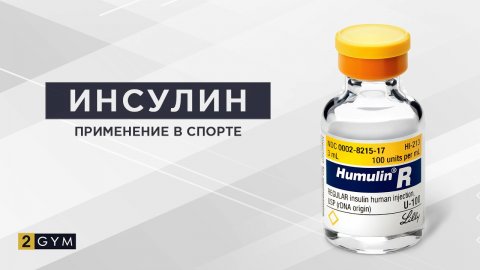
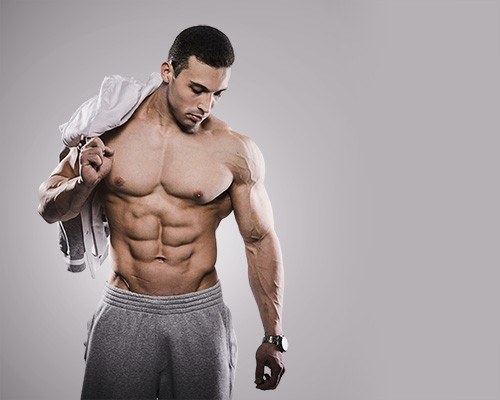








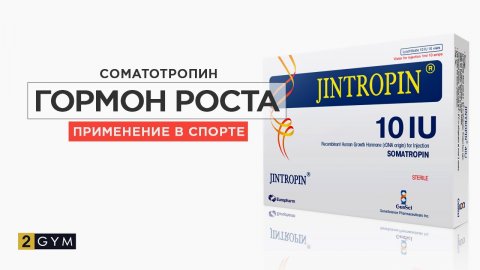
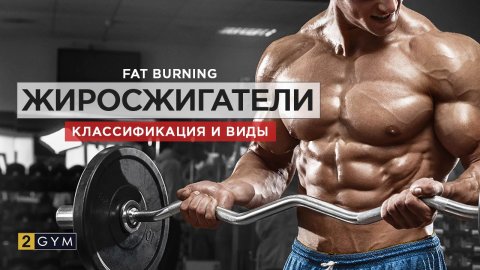

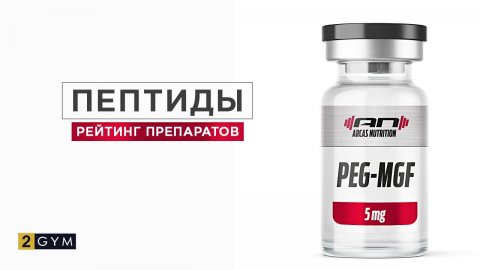

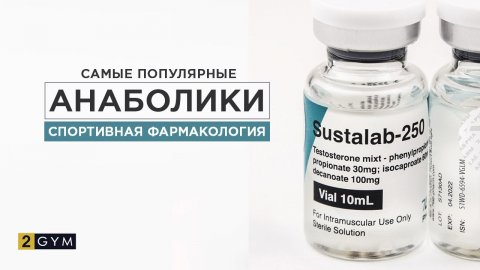

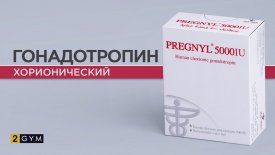
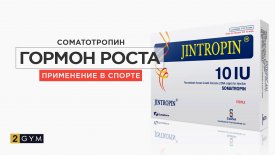







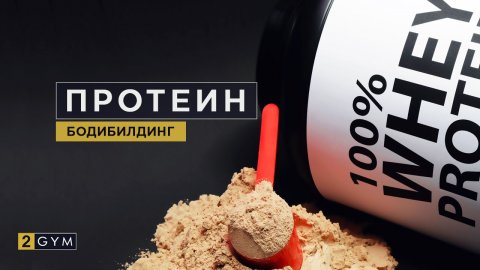


Log in with ( Sign Up ? )
or post as a guest